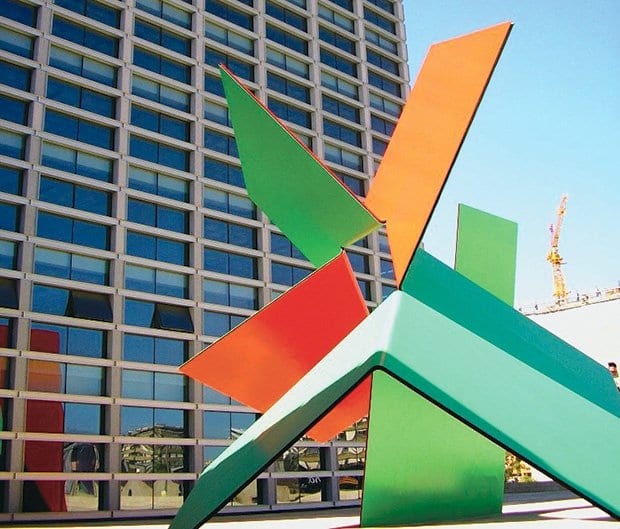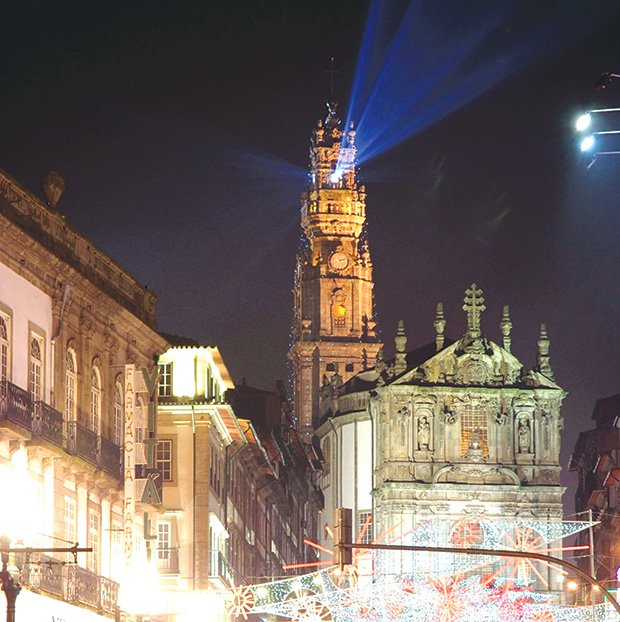
A sculpture by Ângelo de Sousa. Credit: Josep Renalias
World renowned for its eponymous wines, the northern Portuguese city of Porto is located on the Douro Valley estuary and is recognized as a UNESCO World Heritage Site. It’s the second-largest city in Portugal, after Lisbon.
Known by the locals as Oporto, which translates as “the port,” the city dates back to the fourth century. Its gorgeous Romanesque and baroque architecture makes the city centre a visual delight for history and architecture buffs.
The charming district of Ribeira, situated on the river’s edge, is very picturesque, with its medieval houses, outdoor cafés, bars and such important landmarks as the Bolsa Palace, São Francisco Church, Caso do Infante and Porto Cathedral, one of the most important Romanesque monuments in Portugal.
The bustling Avenida dos Aliados, Cordoaria and Boavista areas are rife with cafés, boutiques and charming shops.
If you’re in need of retail therapy, check out the local and international shops on Rua de Santa Catarina, where you’ll also find the Via Catarina shopping mall. High-end boutiques can be found on Avenida da Boavista, while Rua do Almada is the street for alternative shops relating to music and urban culture.
A must-visit for bibliophiles is the Lello Bookshop, considered one of the most beautiful bookstores in the world.
Other notable landmarks that adorn this medieval city include the Clérigos Tower, a baroque-style bell tower that can be seen from various points of the city; and Casa da Música, a major concert hall that became an instant icon when it was completed in 2005.
Unlike Lisbon, Porto has no gay neighbourhood, but there are a few gay bars in the city centre. The club scene is concentrated west of the city, in the upscale Foz district. Porto’s inaugural Pride celebration was held in 2001, and the first Pride march took place in 2006. Pride is celebrated the first week of July, and the parade usually makes its way down the main street of Avenida dos Aliados on the first Saturday in July.
Porto is the birthplace of two world-renowned figures: Prince Henry the Navigator, responsible for the early development of European exploration and maritime trade with other continents; and Harry Potter, the fictional character created by author JK Rowling, who was living in Porto and working as an English teacher when she started writing her first book.
The Port Wine Museum offers interesting insight into the origins of Port wine and how it became Portugal’s most famous export. Produced exclusively in the Douro Valley, port is typically a sweet, red fortified wine. Guided wine-tasting tours of the Douro Valley and the famous producers’ cellars are a must when visiting the region.

 Why you can trust Xtra
Why you can trust Xtra